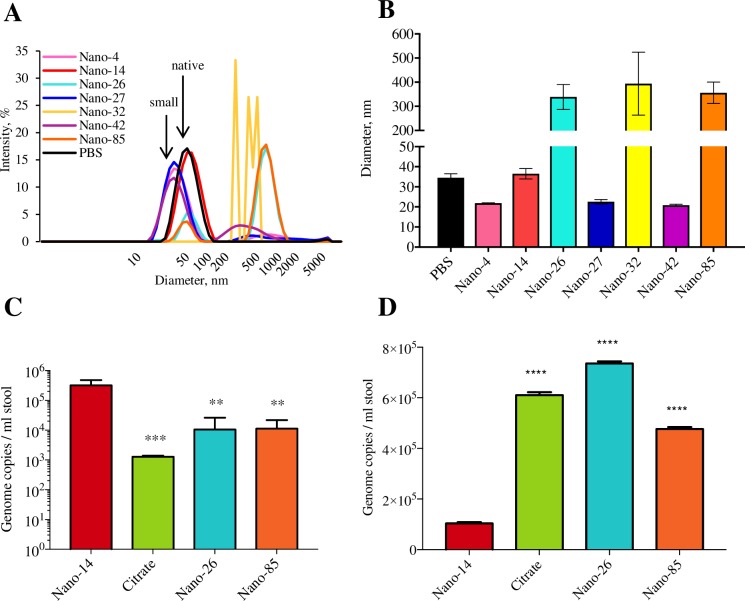Fig 10. Nanobody treatment leads to changes in norovirus capsid morphology.
(A) DLS profiles of Nanobody treated GII.10 VLPs. (B) Average diameters of treated VLPs. Nano-26, Nano-32 and Nano-85 binding caused the formation of large molecular weight aggregates. All experiments were performed in triplicates. (C) Concentrated stool suspension was treated with Nano-14, Nano-26, Nano-85, and 250 mM citrate buffer and subsequently with 50 U of RNAse. Genome copies were quantified with RT-qPCR. Nano-26, Nano-85, and citrate caused a significant decrease in genome copy levels compared to Nano-14. (D) 10% stool suspension was treated with Nanobodies or GHCl and diluted twice with PBS to decrease viral lysis efficiency. Genome copies levels were measured as before and indicated additional lysis in samples pre-treated with Nano-85, Nano-26 and GHCl. Statistical analysis was performed using one-way ANOVA test. Significant differences (P≤0.05) between the treated samples and a negative control (Nano-14 treatment) are marked with stars.

